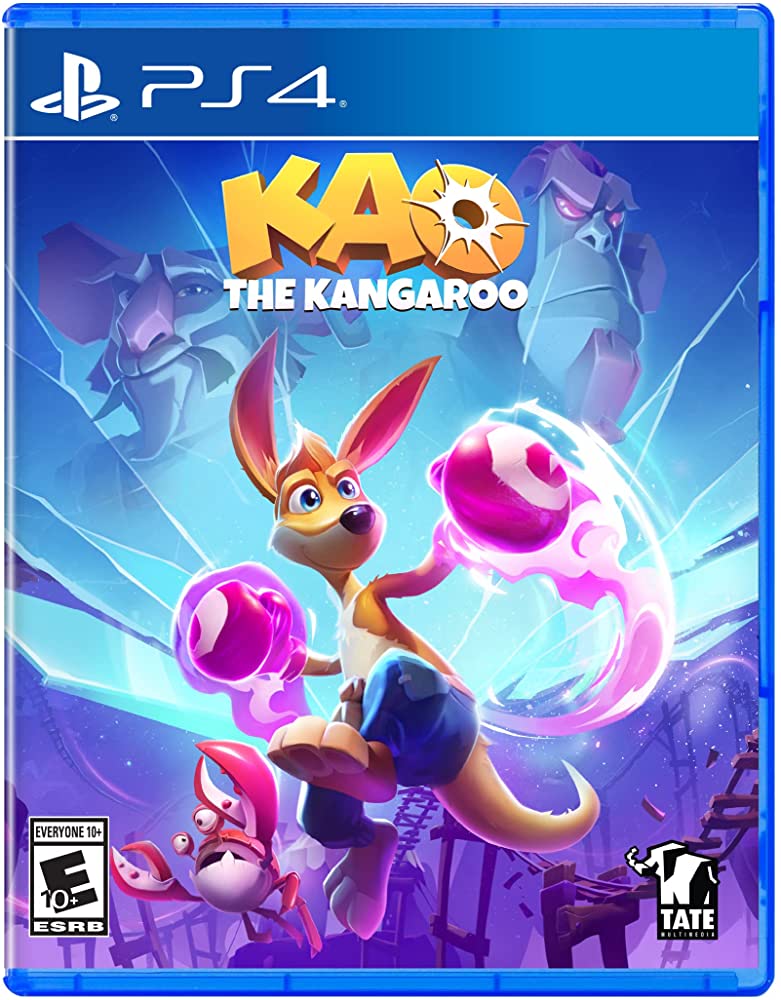Game animation is a fundamental component in bringing life and immersion to game world and characters. It plays a critical role in creating believable movements, making the game world feel real, and assisting with communication and conveying information to the players, building emotional connections with the characters and game world. High-quality game animations provide players with a more immersive experience, bring characters to life, and enhance the storytelling aspect of the game. The game animation creation process is iterative, involving several stages, and game engines have made it easier for game developers to create high-quality animations. The future of game animation looks promising, with new technologies likely to result in more significant physical realism and interactivity.
Exploring the Secrets of Successful Game Animation
Creating a game is a complex process that involves various aspects like design, programming, music, and animation. Among these, game animation stands out as an essential component that brings life to the game world and characters. A well-designed game animation can create immersive experiences that engage players and leave a lasting impression. In this article, we’ll be taking a closer look at the secrets of successful game animation and how it can influence player engagement.
The Role of Animations in Games
Game animations play a critical role in the overall gameplay experience. Animations are used to communicate and convey information to the players, and they help to build emotional connections with the characters and game world. Animations are essential for creating believable movements, making the game world feel real and creating an immersive experience for the player.
For example, a game animation can help to indicate that a character is walking on uneven terrain, running, or jumping over an obstacle. It can also signal a hazard such as a trap, environmental hazards, or other obstacles the player should avoid. Animations can also be used to convey emotions, personality, and body language of characters, which can help players connect with the game world and story.
The Benefits of High-Quality Animations
High-quality game animations provide players with a more immersive experience. They create a sense of realism in the game world and can help players become more emotionally invested in the characters and story. When animations look good, players are more likely to enjoy the game and feel more engaged in their gameplay. Good animation can mean the difference between a game being just okay or something special that resonates well with players.
Good animation can also enhance the overall storytelling aspect of the game. It brings characters to life, highlighting their strengths, weaknesses, and personalities. When players are emotionally attached to characters, they’re more likely to stay engaged and feel motivated to keep playing the game, even if they encounter tough challenges.
The Process of Creating Game Animations
Creating game animations is an iterative process and involves various stages. The process starts with designing the characters and environments, including the personality and backstory of the characters. This information informs the type of movements and gestures the character should make.
Once the design is finalized, the animator begins creating the animations. They usually start with creating the key poses in the animation. Keyframes are the critical moments in the animation that communicate the main message or emotion effectively. The animator then refines the animation by adding in-between frames, creating a more seamless, smooth animation. They also add the finishing touches such as particle effects, camera angles, and lighting to create the final product.
The Role of Game Engines in Animation
Game engines such as Unity and Unreal Engine have become popular in the game development industry, allowing developers to create games with high-quality animations. These tools offer a wide range of functionalities, including character controllers, animation blending, and physics simulation. Game engines help developers create realistic environments and more natural movements for characters. They also allow for interactive animations and seamless transitions between different animations.
Another thing game engines have done is simplify the process of game animation for developers. They provide ready-made templates and assets, allowing developers to focus on creating animations that suit their game requirements without having to start from scratch. For example, they can use existing animations from the game engine’s content store or apply motion capture data to create realistic movements easily.
The Future of Game Animation
Game animation continues to evolve, and the development of new technologies will drive these changes. The use of artificial intelligence, machine learning, and virtual reality will result in new ways of creating animations that mimic real-life movements even more closely. Developers will create new types of gameplay experiences that will make a player feel as if they are part of the game world rather than just an observer.
Other technological developments, such as Google’s Stadia, a cloud gaming platform, will influence game animation positively. With Stadia, developers will be able to create more complex animations as they’ll have access to more compute power, allowing for more complex simulations and use of real-time lighting effects. This means we can expect more high-quality game animations in the future.
Conclusion
Game animation plays a crucial role in creating an immersive game experience. High-quality animations have many benefits for players, including increasing emotional attachment to characters, better storytelling, and enhancing gameplay. The game animation creation process is iterative, involving several stages, and game engines have made it easier for game developers to create high-quality animations. The future of game animation looks promising, with new technologies likely to result in more improvements, such as more significant physical realism and interactivity.
